Tomorrow I’m flying back to Hong Kong, so today was the last hurrah of 2006 for Maliandao tea shopping.
It was the coldest day so far this season today… hitting something like -10 degrees (around 14F for those of you in backward countries that still use Fahrenheit). After freezing in the antique market at Panjiayuan, I and my house guest went to Maliandao for some tea.
We first stopped at the store that sells that aged dancong, where I bought 500g of the tea. I figured it’s good enough for some regular drinking, and since it will keep, I decided to buy more of it. Again, the tea is not great, but it is unique, and I’m basically paying for that unique flavour. It goes down smoothly enough, and I quite like it. We tried a few teas there aside from this one, but all were only so so (and one, a winter pick dancong, was not good at all). I think my business today is probably the first (and maybe the last) for him today. I feel bad for them — sitting in a corner of a big puerh/teaware store. I don’t think they get much business at all, selling dancongs in Beijing, but what can you do. It’s not an easy business.
Then…. we went to the Ruirong shop. These guys have their headquarters in Hong Kong, and I might very well visit them in Hong Kong when I get the chance. I tried two teas there today, but neither of them were good. The first was a Yiwu from something like 2001. It looks great. The leaves look thick and meaty, and the cake is well pressed. I thought it would be nice, but instead…. something’s wrong about it. It’s bitter, very bitter. I don’t think it’s Yiwu at all, but something else (or only with a small amount of Yiwu mixed in). The tea also had some off flavours that I can’t really describe, but which leaves a nasty aftertaste.
The second is a “Banzhang” which definitely was not Banzhang either. I thought my taste buds were off… but I don’t think it was me. The cake was slightly Banzhang-ish, but compared to some of the other Banzhang stuff I’ve had, especially the Banzhang maocha that was amazingly nice, this was…. crap. Both teas also suffered from being very coarse, and the seller of the tea was clueless (I think she was just subbing in for the regular shopkeeper who might’ve been gone for a while). All in all, disappointing.
With those two teas down…. it was KFC time to recharge, and then we went to Chayuna, and entered the Wuyi tea place again. My guest wanted some gift teas for family. I figured young puerh is not really a good idea, interesting though it may be.
When we went in, they just finished trying two tieguanyins, and they gave me a cup each of the xth infusion — pretty weak. I was happy to be able to tell the good one from the lesser one (800 vs 600 RMB per 500g). The pricier one is more “pure” in its taste, while the cheaper one, though initially more fragrant, has a subpar aftertaste. Not bad, mind you (600 isn’t that cheap) but not great either.
Again…. like everytime I go there, I get stuck drinking a dizzying array of Wuyi teas. Too many. All sorts of flavours. It’s really a difficult genre to fully penetrate, and I feel like I’m still just scraping the surface. I think I can now tell apart what’s a good one and what’s a great one with more accuracy now. Since there’s no aging worries… in some ways as long as you’ve got that down, you are ok.
Next time I go to Maliandao it will be 2007. Meanwhile…. Hong Kong calls.

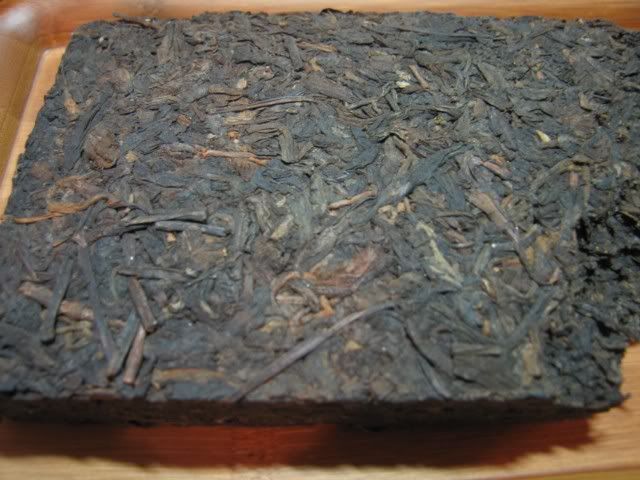
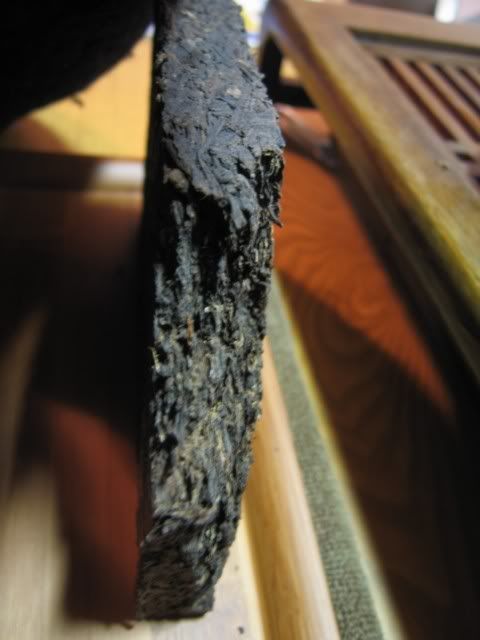
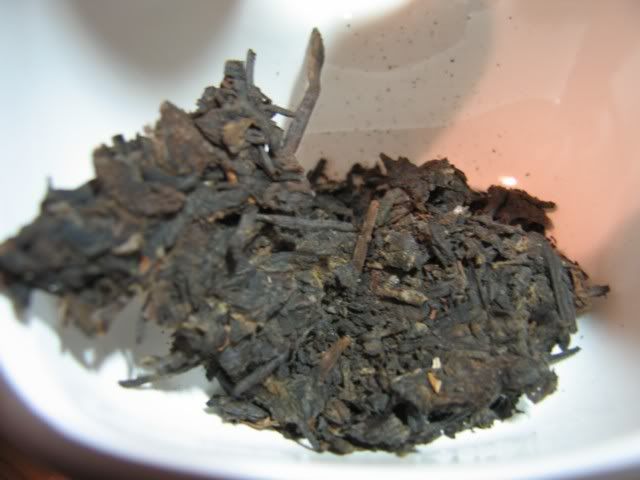
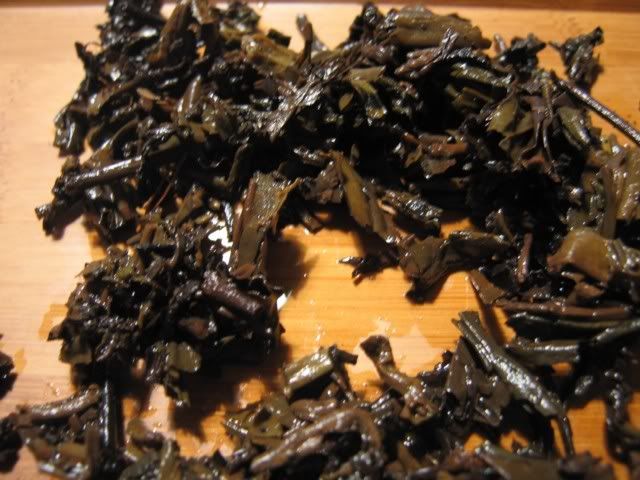
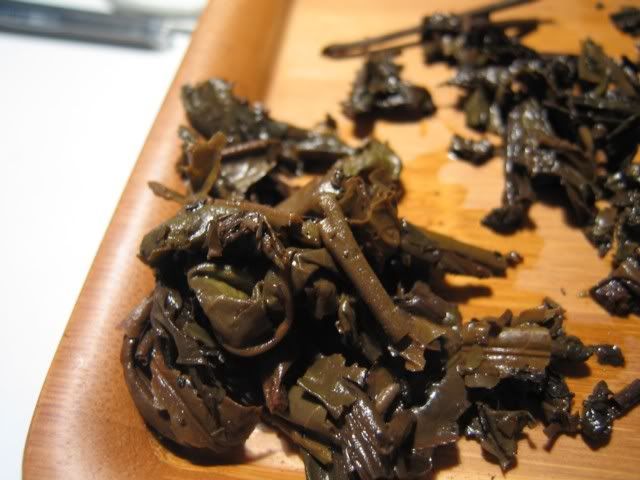

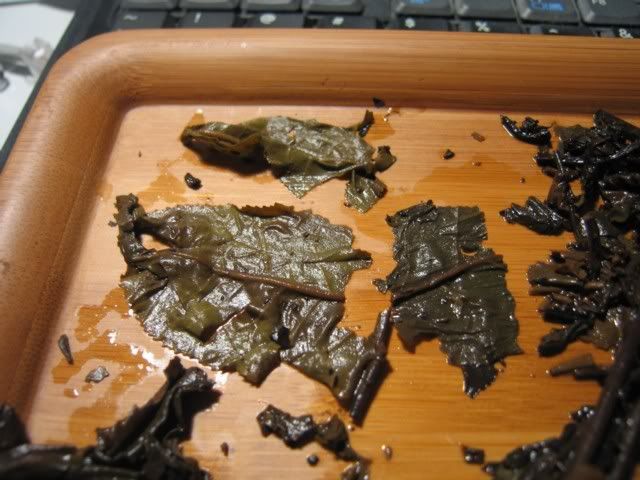
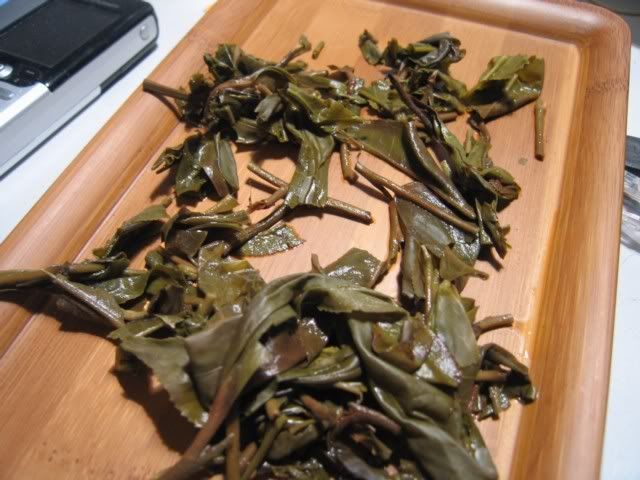
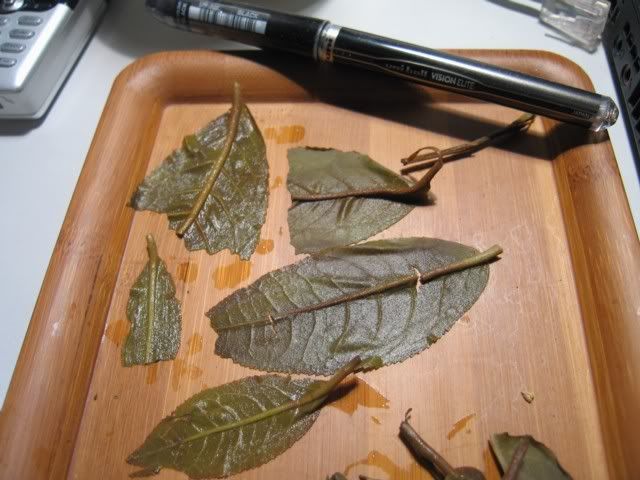
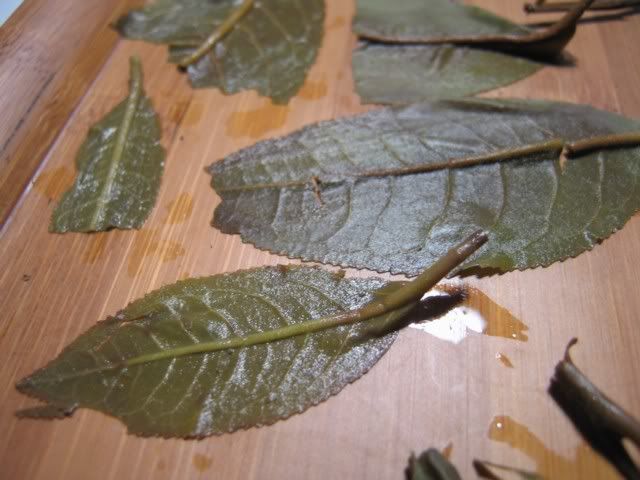





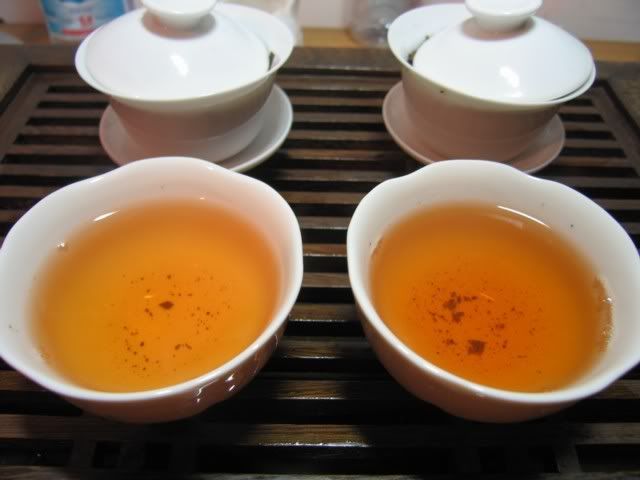

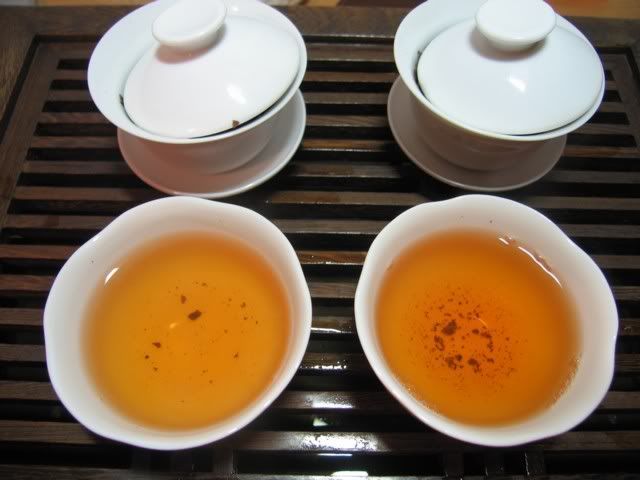


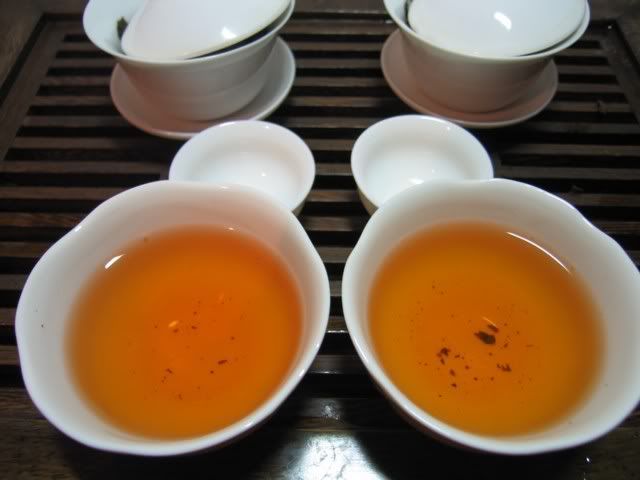




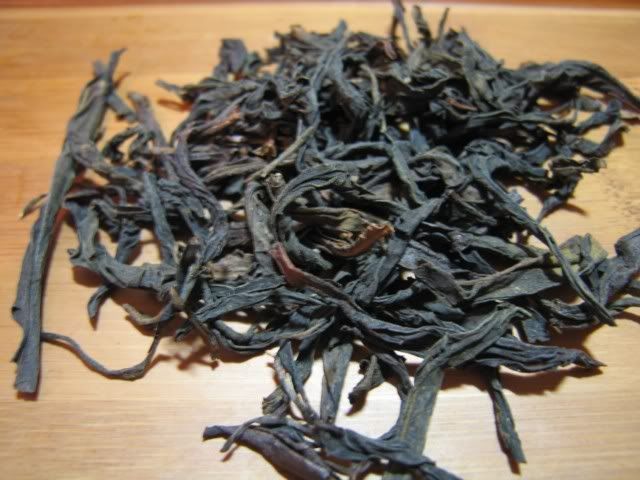

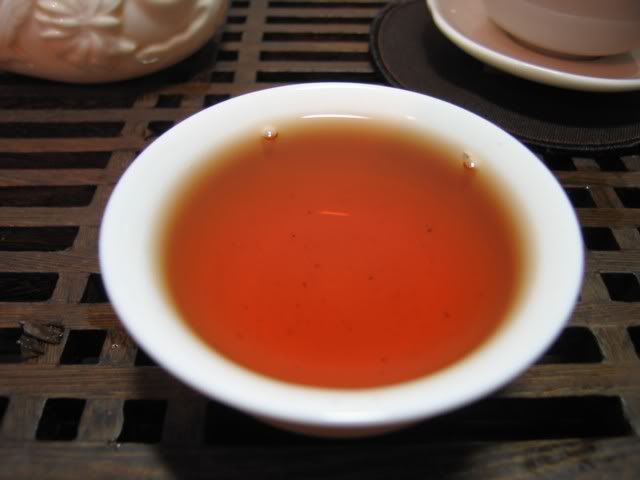
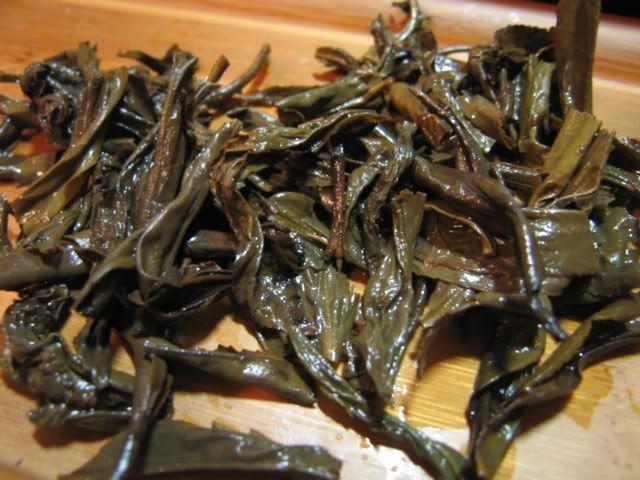
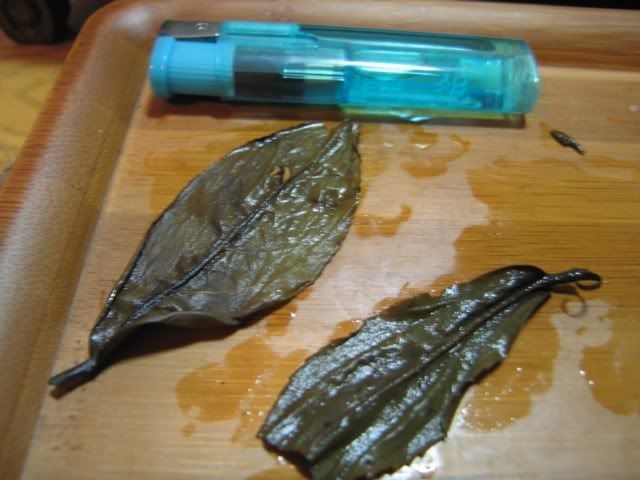
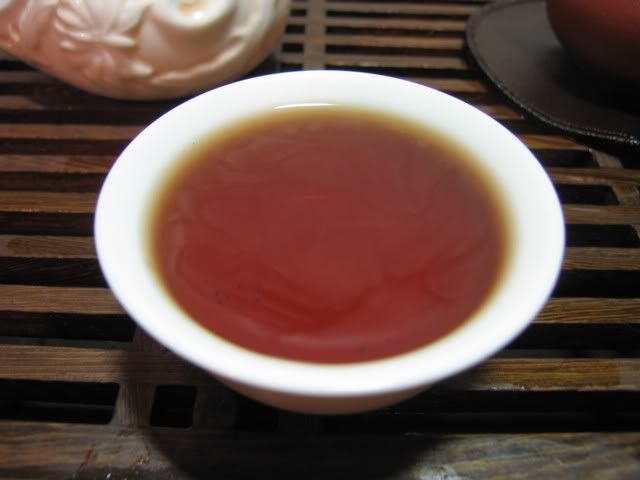
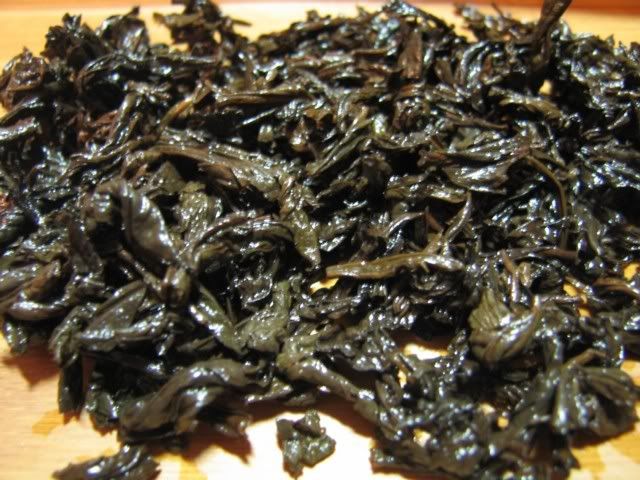











I just want to say that I still find your blog and writing extremely relevant. Thanks!